
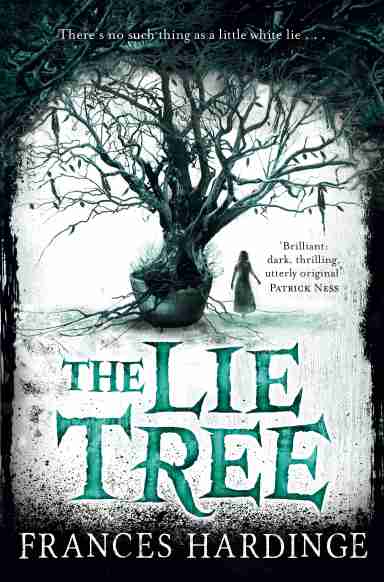
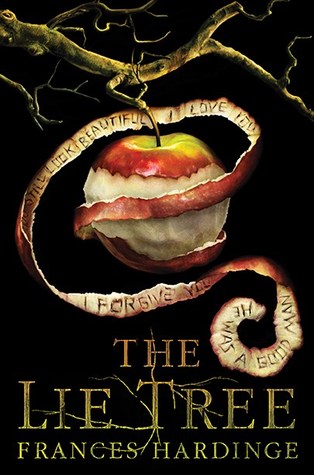
The Lie Tree
Would You Like Your Dress Poisonous, Disintegrating Or On Fire?
Would you like one of those beautiful Victorian dresses? Perhaps in vivid green? Er… maybe green isn't such a good idea.
Back in the nineteenth century, some green dyes contained arsenic. (Even though it was poisonous, arsenic was used a lot to colour things green – wallpaper, candles and even sweets!)

OK, let's go for a dress that isn't actually poisonous. Maybe one of these?
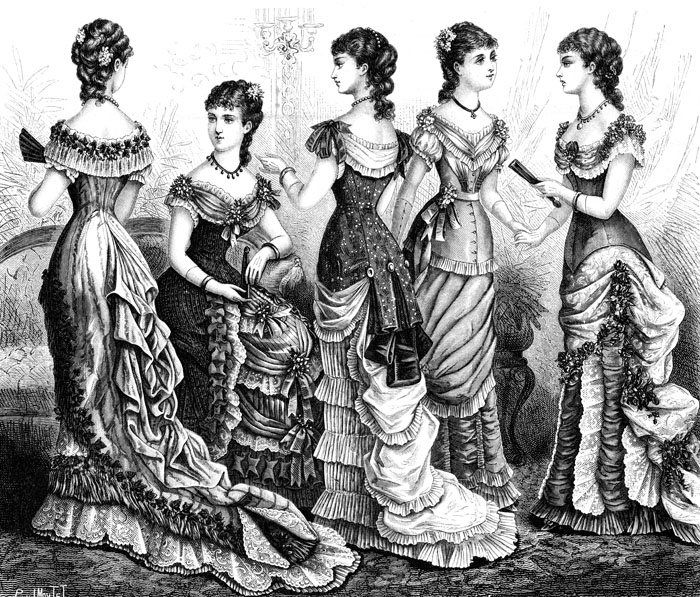
But do be careful not to walk quickly, make sudden movements, get too close to white-washed or coloured walls, trail your skirts in the dirt, lean against chair backs or sit on wicker seats! There are no washing machines, so if you get mud on the hem somebody will have to spend hours brushing it out (either you or some poor servant). If you crush the fabric, it might never be the same. If you catch your long skirts on a nail and tear them, the rip has to be mended by hand.
Back in the 19th century, cleaning, starching and pressing clothes took a lot of time and work. Some dresses were so complicated they had to be taken apart, so that the pieces could be cleaned separately, then sewn back together again!
Things was a bit simpler for young girls. Their skirts were shorter, and they usually wore loose 'training corsets'. As they grew older, they wore longer and longer skirts. At about thirteen, they usually graduated to a full adult-style corset, which was tighter and more restricting. This was quite an exciting event for a young girl, a sign that she was growing up. Mind you, afterwards she wasn't able to move around quite so easily…
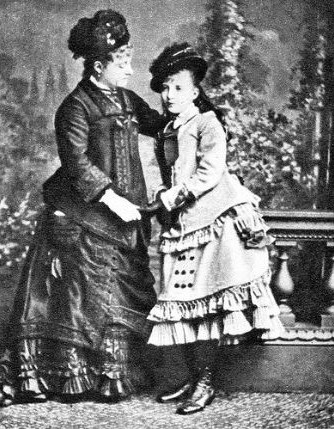
Victorian Ladies fashion from about 1876, James Gardiner Collection
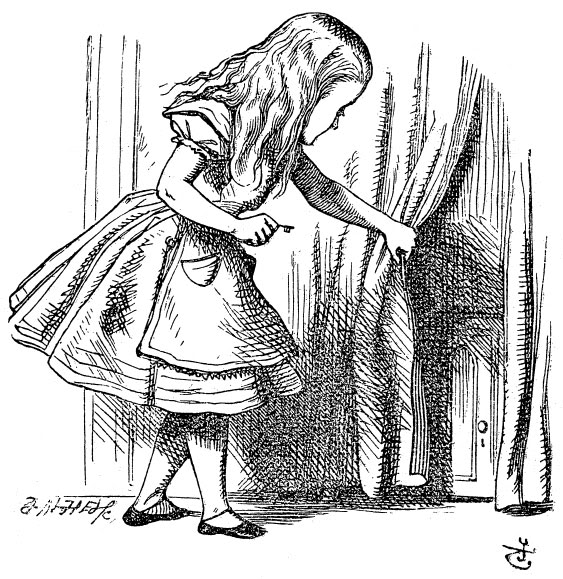
The tiny door is a problem, but at least Alice isn't tripping over her own skirts
For many years, the bell-shaped skirts in Victorian dresses were plumped out with lots of underskirts. These were hot and cumbersome. In the 1850s, however, people started using crinolines – a nice, light frame like a bird-cage you could hang skirts over. It was much easier to walk without lots of skirts tangling one's legs, and a lot less hot!
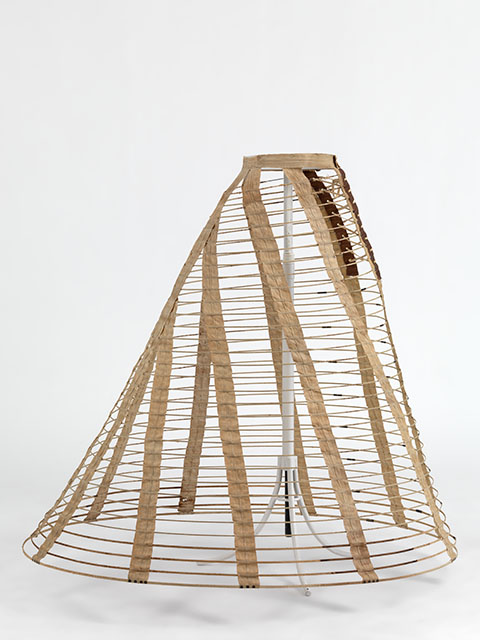
A cage crinoline on display in MoMu, photo by Hugo Maertens
One little problem. The crinolines was slightly harder to control, particularly on windy days. Sometimes they nudged crockery off tables, or tipped to show a shocking bit of leg. And occasionally they swung ladies' skirts into open flames, so that they caught fire!
There were a lot more problems waiting if you went into mourning. Mourners, and particularly widows, were supposed to wear crêpe, a dull and scratchy black fabric made of silk threads glued together. Crêpe was easily scuffed and scratched… and if it got really wet the glue melted and the cloth fell apart.
Just what you need when you're in mourning, a disintegrating dress…
Buy The Lie Tree from Amazon.co.uk
Buy The Lie Tree (Kindle edition) from Amazon.com





